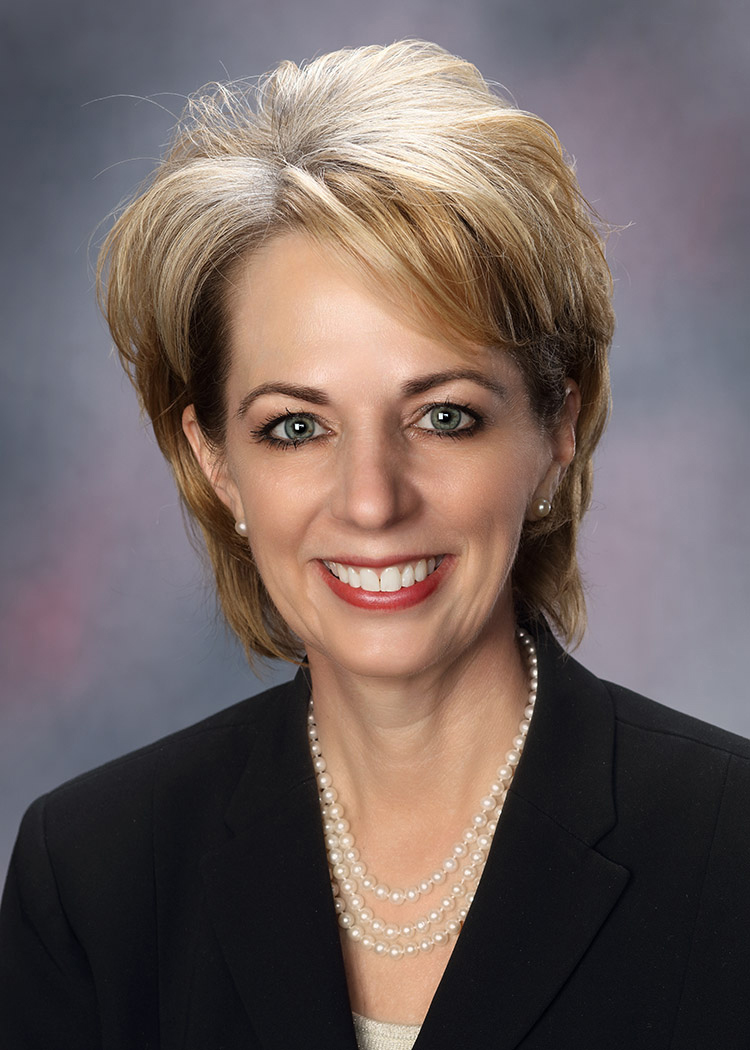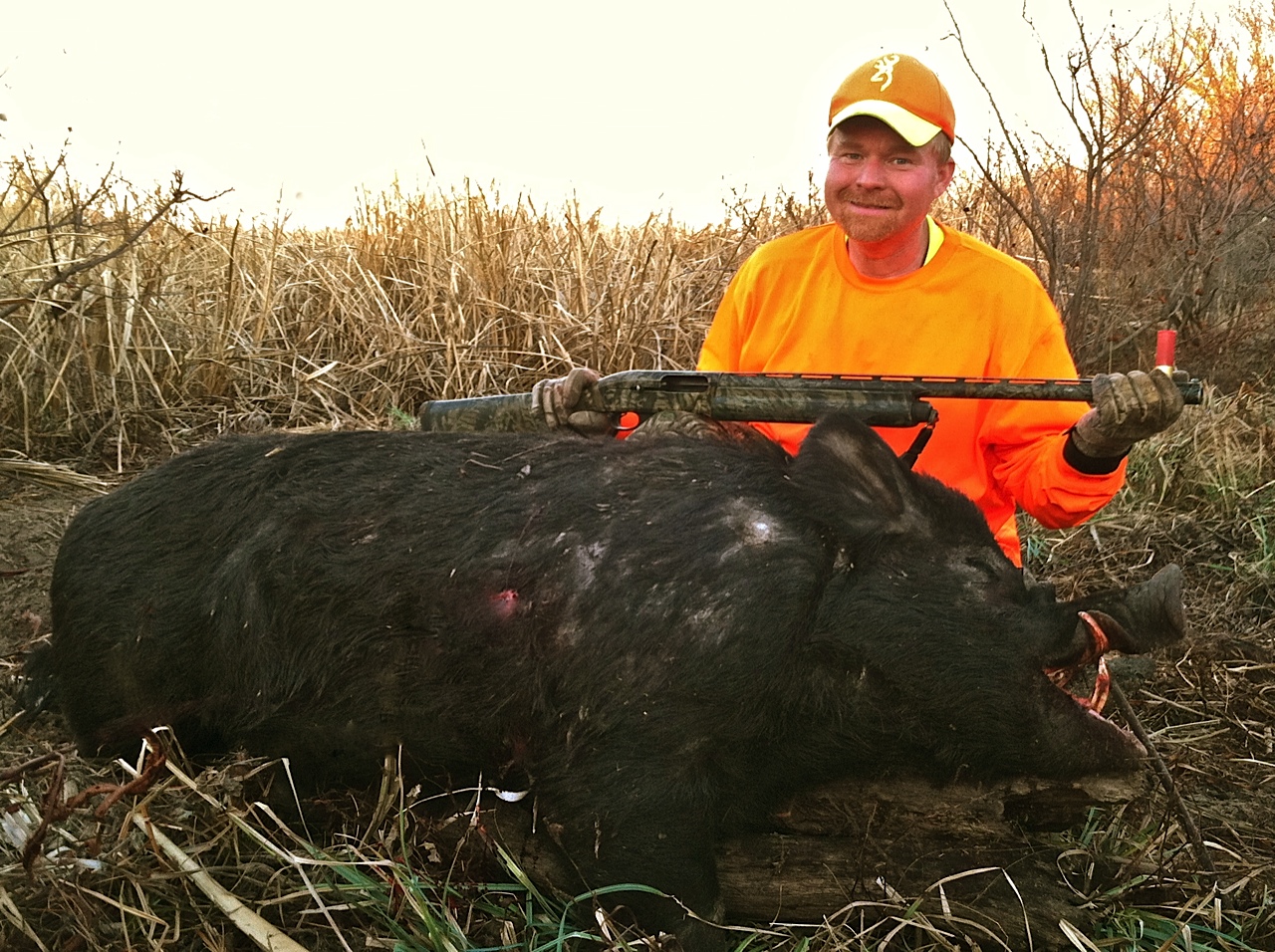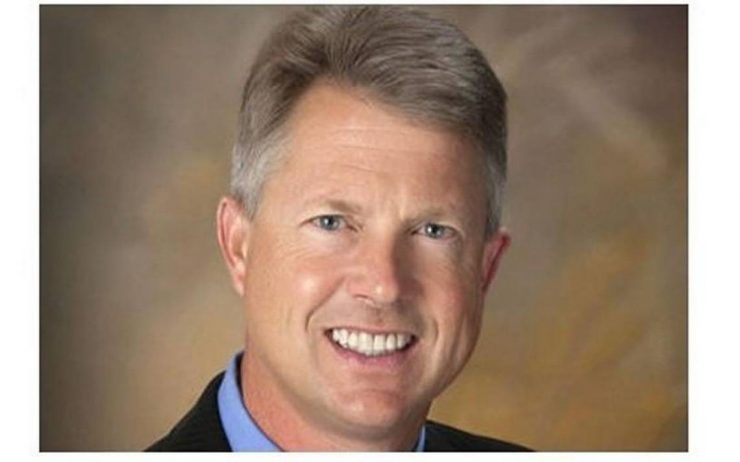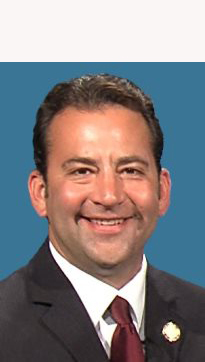
Did you get to see our most recent Encore show “All Hands on Deck”? If you didn’t, you missed a wonderful show about a group of people coming together – all hands on deck – to figure out a way to accomplish two great, noble objectives at the same time instead of sacrificing one for the other. A World War II troupe of singers and dancers is on a tour selling war bonds, but suddenly they are ordered to go to Chicago for a live radio show for Armed Forces Radio.
So, abandon the local audience and the task of raising money to finance the war for the equally important mission of giving comfort to the troops fighting the war? The cast figures out a way to do both and puts on a great show at the same time.
As I was preparing to address an audience of Encore supporters before the show, I started thinking about what a beautiful metaphor “All Hands on Deck” is for how we support our students at Fort Hays State University. In fact, I recently met a student, Kattie, whose personal story is the perfect example. Kattie was confronted with the possibility of having to choose between her education and supporting her mother, but with help she also figured out how to do both.
She knew from a young age that she wanted to be an accountant. She loved numbers. Her dad owned his own business and her mom served as the county treasurer. Both inspired her, and both fueled her dream to go to college. Kattie says her parents strongly insisted she go to college because they saw so much potential in her.
Her journey started with her decision to attend Fort Hays State. Kattie said she chose FHSU because of the amazing opportunities that she knew were available within the Robbins College of Business and Entrepreneurship as well as the “Everybody’s Business” living and learning community. She could pursue her dream of becoming an accountant. The close-knit learning community did in fact serve to help her transition from a very small high school, make friends quickly and find study partners.
It would also provide the opportunity to travel to the Caribbean Island of St. Martin to be an intern helping start-up companies with their business plans.
Kattie said that, as a first generation student, she worked throughout high school to save for college, and our affordable rates and small class sizes were a major factor in her final decision to attend FHSU. She applied for every scholarship and grant she could, because she knew she would need help financially to complete college. She was able to secure a workstudy job on campus, and she immersed herself in her studies and in campus life. She joined Alpha Kappa Psi business fraternity, Catholic Disciples and several other student organizations. Her academic efforts earned her a spot on the Deans Honor Roll.
And then the unthinkable happened – in the midst of her second semester at FHSU, her father, who was self-employed, unexpectedly passed away, leaving Kattie and her mom with funeral expenses and the loss of family income. Often at these critical junctures, people find blessings or get stuck. Kattie found blessings.
She returned home to be with her mom and to help make plans to celebrate her father’s life and to figure out, with her mom, how to move forward. She said the support she received from FHSU was incredible. Each of her professors encouraged her not to drop her classes. Some assignments were modified and deadlines extended. Professors checked in with her while she was at home. Her FHSU family sent flowers, plants, and, especially, lots of outreach. With the help of our caring faculty and staff, Kattie completed her freshman year, is still enrolled today, and is thriving.
I have to pause here to recognize the incredible courage and love of Kattie’s mother. I cannot even imagine the strength it took for Kattie’s mom to encourage her to go back to college and finish the semester. I imagine that her mom’s natural instinct in this time of great loss would be to hold on extra tight to Kattie. But she did not. Just as she and her husband insisted on Kattie going to college in the first place, her mom encouraged Kattie to move forward.
And I know that like her mom, Kattie had to dig down deep to move forward. Fortitude. Resilience. Courage. These words describe Kattie and her mom and honor Kattie’s dad.
For Kattie and all of our students – FHSU is simply an “All Hands on Deck” university! Its faculty, staff and generous donors have designed and built an institution dedicated to its students and their success, in college and in life.
In Kattie’s words: “Even before this travesty, Fort Hays State was home to me, and my relationships with the beyond-wonderful classmates, professors and people here have only grown stronger. In the few years that I still have left here to complete my degree, I am taking classes and working during the week, seeing my mother and close friends and family on the weekends. I continue to take courses until I am eligible to sit for the CPA exam, ultimately becoming an accountant practicing somewhere in Kansas. I am so very grateful to the donors of FHSU and don’t know how I could be here without them.”
I am so proud of Kattie, her mother and this community. I know Kattie will continue to thrive. I cannot wait to see her walk across the commencement stage. I will grip Kattie’s hand tightly and smile to see in her the bonds of our university, the parents who believed in her so deeply, and her beautiful story of heart and home.




























